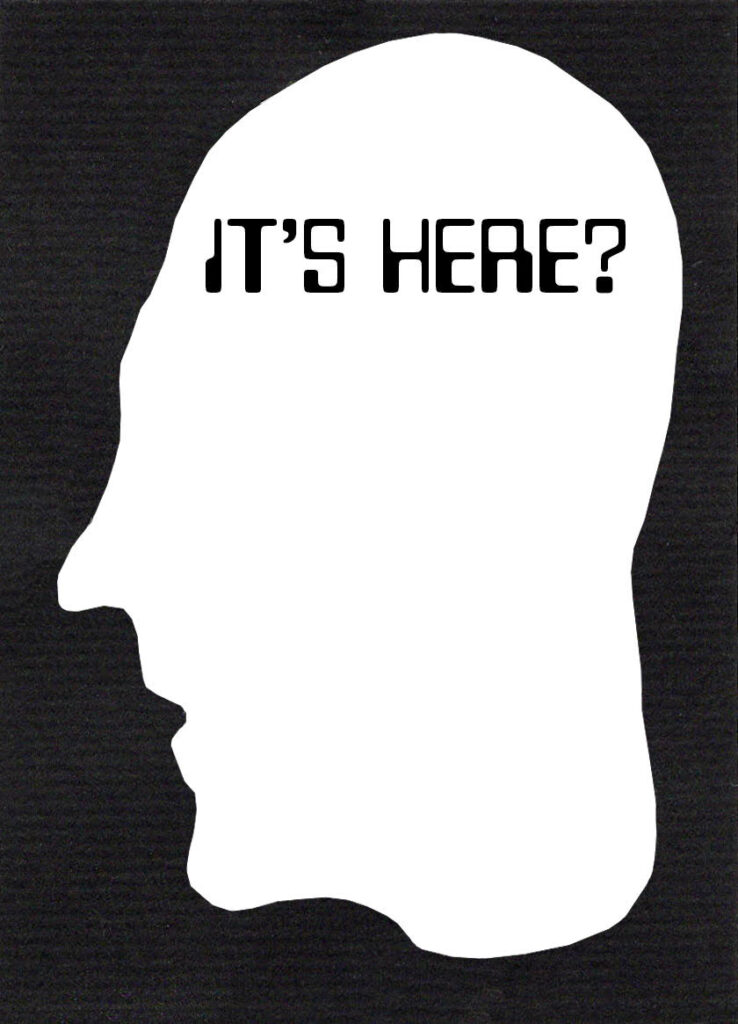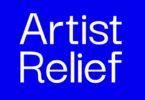
New ideas often develop without public consensus or legal framework. AI (Artificial Intelligence) art is a field which is growing at a great pace and is already mainstream. The recent 2023 Grammy award ceremony featured the works of Turkish-American artist Refik Anadol on the backdrop screens of the stage. Anadol is also currently exhibiting Unsupervised at MoMA. His art, which is constantly changing, is created by inputting 200 years of publicly available art shown by MoMA (Museum of Modern Art) into his machine learning software and incorporating it with current input from the changing light, movement, and sound within the building and the outside weather. AI art is already winning art competitions and the improvements in the software are making it harder and harder for people to differentiate between human and AI art.
This is causing consternation for visual artists and licensing companies such as Getty, who accuse software companies of using data sources created by
“scraping” the internet to mine copyrighted and licensed images to generate AI art. Three artists last year filed a joint lawsuit against Stability AI Ltd., MidJourney Inc., and DeviantArt Inc., while Getty Images have filed lawsuits in both the United Kingdom and the USA against Stability AI Ltd. The US Getty lawsuit claims Intellectual Property infringement under the 1976 Copyright Act. There are many other software apps that are involved in AI art generation currently such as DALL-E2, Dream and Craiyon.
At present many of the images that are scraped from the internet are collated into datasets, LAION being one of the most well-known. It is owned by a German research non-profit agency. The datasets are mathematical representations of the designs found in the images which are encoded, compressed, and then decoded, and so do not resemble the original images. Much of the current generation of AI art generating software does not hold the images itself, but trains on these data sets, mainly because they do not have the memory capacity to hold the volume of images and attached texts which can number in the billions. These companies explain that their apps are not using existing art and recombining them as digital collages, therefore do not infringe on the law.
However, these apps can sometime recreate good copies of existing images or create images in the style of individual artists and photographers, as shown recently by industry and academic researchers. The question is, does the scraping of the internet of copyrighted and licensed art infringe on current laws?
The determining factor will be whether it is “fair use.” The copying of images is allowed only for a limited and transformative purpose; to comment upon, criticize, or parody. The term ‘transformative’ is nebulous and vague, requiring juries to determine the validity on a case-by-case basis. This would take a very long time to resolve these questions in an industry that is evolving very quickly.
It is also worth noting that the US Copyright Office (USCO) states currently that copyright protection extends only to human authorship. So art solely generated by AI is not covered, but there are no guidelines on human-AI combined art.
One possible solution is to follow the music world, where royalties are collected when copyrighted material is used. Visual artists could receive royalties for their artwork being included in datasets. Or there is a potential for software to determine if their images were used to create another image. There are already many problems that have evolved with the accuracy of streaming music data in distributing royalties fairly to artists and labels, which would have to be addressed.
Let’s also not forget that AI generated text is also proliferating with Microsoft’s ChatGPT and Google’s Bard, but that’s for another day.
In the meantime, it is important for artists to educate themselves on this subject as it evolves and make their voices heard. The technology firms have been allowed to develop their software without enough input from the arts community. It is time to take your place at the table to discuss the future of technology and art, because the future is already here. G&S
1976 Copyright Act www.copyright.gov/title17


The story by Marina Hadley on A.I. is Very, very interesting. Thank you for writing on an important issue and one with the velocity of a tornado. So, what ideas can we come up with to encourage the best outcomes?